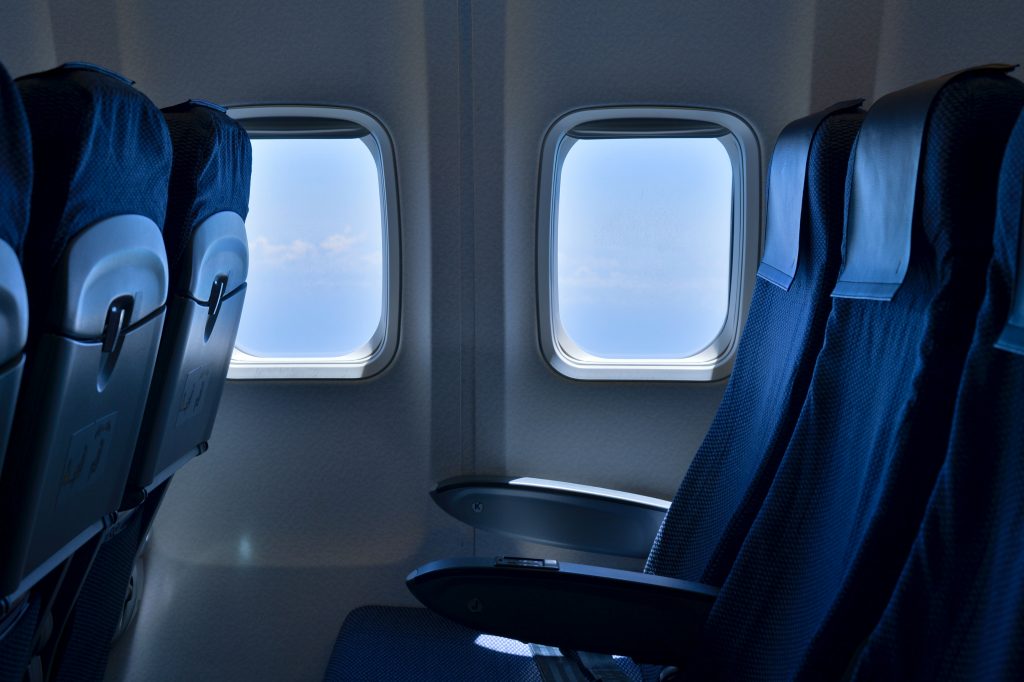Everything you should know about fare classes
It is no secret that the airlines do not sell all their seats in any class of service (first, business, premium economy and economy) at the same price. Every airline uses advanced revenue optimization strategies to maximize their yield from each flight, and they achieve this by segmenting fares into several fare classes or buckets.

What are fare classes?
There are several sub-classes within each class of service; each sub-class has a different fare and a different set of fare rules. These classes are represented with a single letter code, also known as reservation booking designator or RBD. For example, the letter “Y” represents full economy fare or the highest fare possible in economy class on all major airlines. Some fare classes are standard across airlines, while some are very different. The few standard ones are;
- “Y” (Yankee Class) – Full economy fare
- “J” (Juliet Class) – Full business class fare
- “F” (Foxtrot Class) – Full first-class fare
Why do airlines have fare classes?
Airlines know that seats on any plane are limited, and all customers are not created equal. They try to maximize their revenue from every flight they operate by implementing yield management strategies. In its 1987 annual report, American Airlines described yield management as “selling the right seats to the right customers at the right prices”.
Fare classes or buckets allow airlines to implement these strategies so that people who can (and are willing to) pay a premium for a ticket do so, and the remaining seats do not go vacant. Airlines also profile their customers based on many factors, including the purpose of travel, apply prediction models to those profiles and release fare buckets according to those predictions.
How do fare classes affect you?
The number of miles you will be able to accrue depends upon your fare class. As a rule of thumb, the higher amount you pay, the more miles you’ll earn. For instance, when travelling in “Y” (Yankee) or “B” (Bravo) fare classes on United airlines, you will be able to earn 150% premier qualifying miles, and if you travel in “N” (November) class, you will get only 50%. The best way to check the number of miles you will earn on a flight is through the where to credit website.
Some fare classes cannot be upgraded using miles so if you are planning to book an economy ticket and later upgrade it using your miles, make sure you check if the fare class you are booking is eligible for an upgrade using your miles.
The rules applicable on your ticket also depend upon the fare class. So if your plans are likely to change, you can ask your travel advisor to book you on a refundable or changeable fare class.